BS Steel
This group of B.S. specifications covers carbon and alloy steel plates and forgings used in boilers and pressure vessels, high-strength low-alloy steels, heat-treatable steels, spring steels, sheets, and strips. This article also contains standards for various types of steel pipes which specify requirements for high-temperature service, ordinary use, and special applications such as fire protection use. Specifications for steel tubes list standard requirements for boiler and superheater tubes, general service tubes, steel tubes in refinery service, heat exchanger and condenser tubes, mechanical and structural tubing. Steel casting specifications call out the standard properties for pressure purposes. Standards for tool steels, stainless, heat-resisting and valve steels are also presented.
The most common BS steel standards are listed below, but if you do not find the grade you require please contact our experienced sales team
BSI, the business standards company, has revised its standard for cold-formed welded steel. BS EN ISO 4957:2018 Tool steels replace the previous version of this standard published in 1999.
The revised standard will be of particular interest to producers of wrought tool steels; welding manufacturers; structural steel manufacturers; and all types of hot-rolled, forged, cold-drawn, or cold-rolled products.
Specifically, BS EN ISO 4957 lists the requirements for the following grades of wrought tool steels:
Non-alloy cold-work tool steels
Alloy cold-work tool steels
Alloy hot-work tool steel
High-speed tool steels
Below we list our range of British Standard tool steel and high-speed steel grades.
This European Standard, a part of the BS EN 10088 series, lists the chemical composition of stainless steels, which are subdivided in accordance with their main properties into corrosion resisting steels, heat-resisting steels, and creep resisting steels.
This second edition of BS EN 10088-1 is a revised reference document containing chemical analysis and physical property data for 160 stainless steels plus 18 nickel and cobalt alloys.
Annexes to this standard give guidance data on some physical properties, information on the classification of stainless steel grades, empirical formulae for steel grade classification by microstructure, and a matrix to show which steels are included in which standards.
Below we list our range of British Standard stainless steel grades.
Although BS 970 is now obsolescent, it is still widely used but should not be quoted when specifying wrought steels for new designs and products. It has now been superseded by the BS EN 10 000 series of specifications which are English language versions and compatible with the Continental ISO specifications. One advantage of BS 970: 1991 is that it changed the random numbering system of the earlier version and designates the steels by an alphanumeric code that indicates the actual composition of the material in a logical manner.
In 1991 a new series of alloy steel specifications were introduced as BS EN 10083.
Below we list our range of British Standard alloy steel grades.
British Standard carbon steel specifications were introduced in June 1924 as BS5005 grades. In1941 the War Emergency British Standard Schedule BS970 was published including a range of carbon steel grades. In later years, after the introduction of Euronorm carbon steel grades, a range of BS EN designations and specifications were published.
Below we list our range of British Standard carbon steel grades.
British Standard cast iron specifications were first designated as BS1452 for grey iron specifications and BS2789 for spheroidal graphite specifications. In later years BS EN 1563 was introduced.
Below we list our range of British Standard carbon steel grades.
British Standard cast iron specifications were first designated as BS1452 for grey iron specifications and BS2789 for spheroidal graphite specifications. In later years BS EN 1563 was introduced.
Below we list our range of British Standard carbon steel grades.


 We never share your information
We never share your information